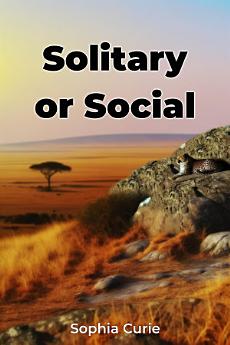Solitary or Social
About this ebook
The book’s strength lies in its vivid comparisons. It contrasts solitary leopards with social lions sharing African savannas, showing how both strategies coexist to maintain ecological balance. Case studies—from octopuses minimizing conflict in resource-poor oceans to honeybees orchestrating complex colonies—illustrate trade-offs between independence and collective effort. The authors blend classic research, like Jane Goodall’s chimpanzee insights, with modern tools such as GPS tracking to trace how climate change might push lions toward solitary hunting. This interdisciplinary approach bridges animal behavior with human impacts, linking primate social structures to human evolution or bird cooperation to childcare practices.
Structured in three sections, Solitary or Social first unpacks concepts like kin selection and territoriality, then dives into species-specific adaptations, and finally examines conservation challenges. Its accessible style demystifies technical terms through relatable examples, making it equally valuable for students and nature enthusiasts. By framing solitude and sociality as a spectrum shaped by necessity, the book offers a fresh lens for understanding biodiversity—and a urgent case for conservation policies that respect these survival strategies.








